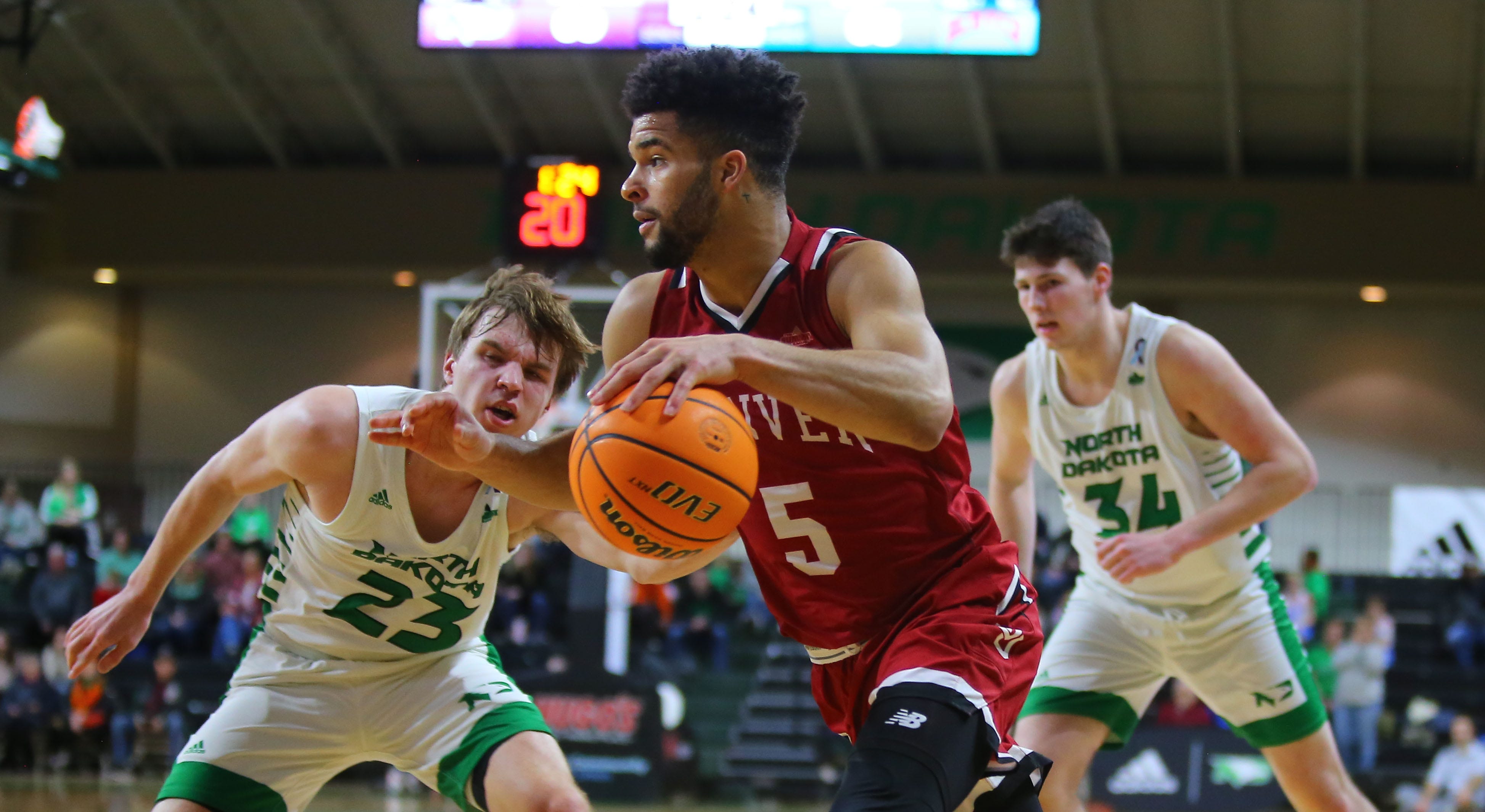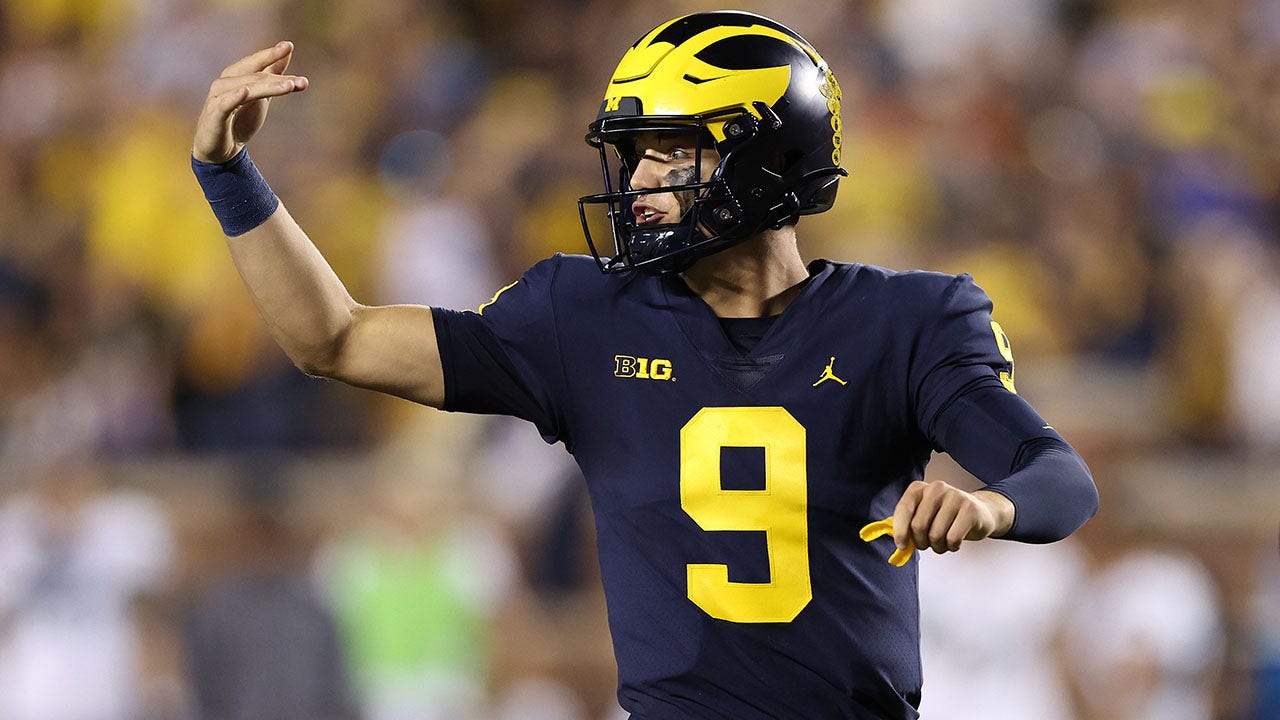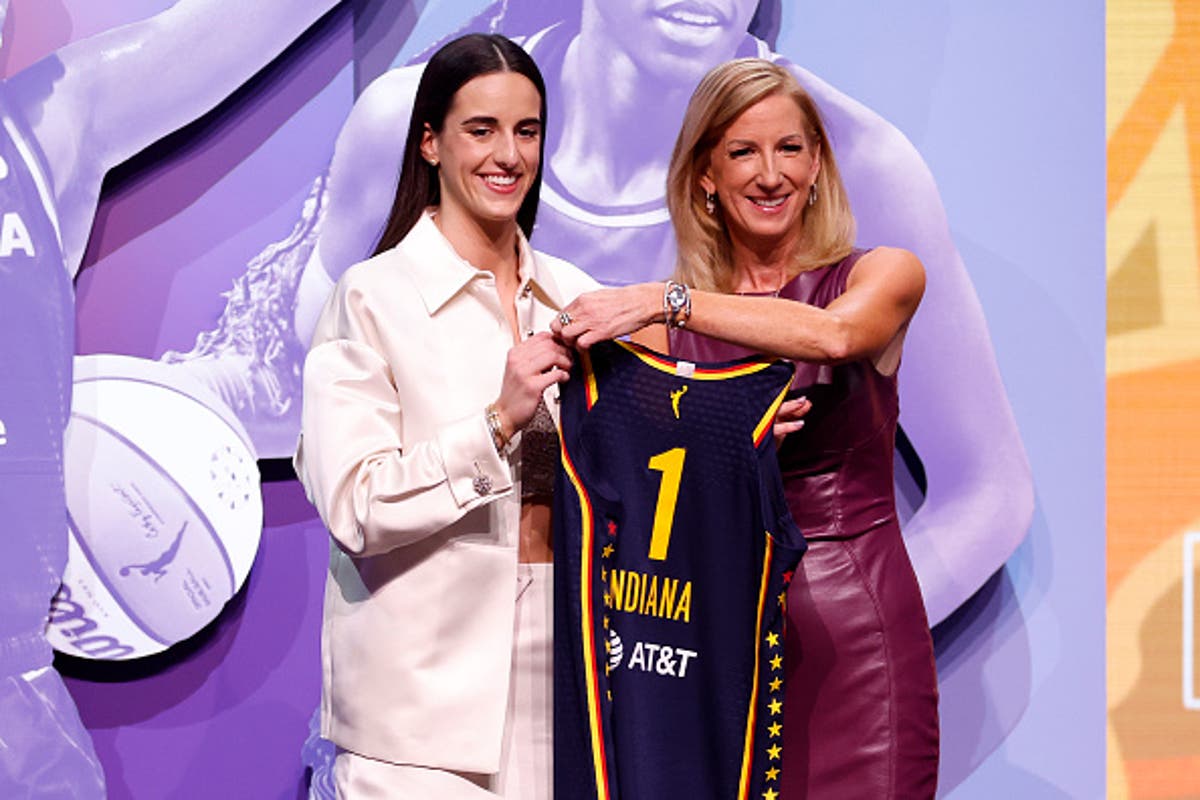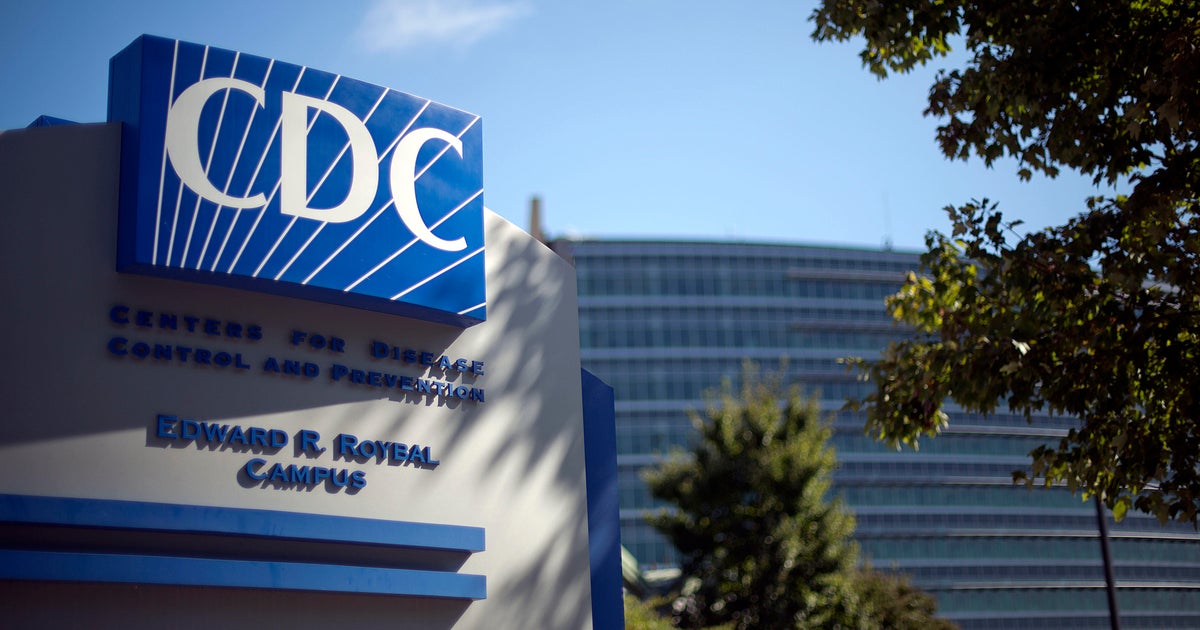After a wild February and an even more exciting start to March, Selection Sunday has arrived.
We’ve evaluated schedules, quality wins, questionable losses, NET rankings and observations from games across the country over the past six weeks in ESPN’s ever-evolving women’s Bracketology. On Sunday night (8 ET, ESPN/ESPN App), it’s the selection committee’s turn to run the through the process one final time and reveal the 2023 NCAA tournament bracket, the road map to the next three weeks.
With five final automatic berths on the line on Sunday, the committee continues to meet in Indianapolis, trying to unravel the answers to the biggest questions: which teams to include and where to seed those teams in the field, especially perplexing this year at the top of the S curve. But there is nuance to all of that. Some things are black and white; most are not.
As the clock ticks closer to ESPN’s selection show, we tackle the most pressing questions for the committee and analyze the information those 12 people will use to draw the final conclusions — some of which might be scrutinized into the tip of the first games or throughout March Madness.
No. 1 seeds: Recent or résumé?
The biggest decision facing the committee is how to fill out the No. 1 seed line. South Carolina and Indiana should already be written in ink. But the committee still might be using a pencil for the other two spots. Iowa, Stanford, UConn and Virginia Tech are all in consideration.
The most intense conversation in the committee room just might be the weight placed on how a team is playing recently versus its overall body of work. Virginia Tech checks both of those boxes with 11 consecutive wins and a 10-2 record against the NET top 25. The Hokies’ first ACC tournament title is an important piece of the résumé, as well. While the Hokies’ No. 9 NET ranking is the lowest of the four teams (UConn is 2, Stanford is 4 and Iowa is 6), it would be a mild surprise if Virginia Tech isn’t a No. 1 seed Sunday evening. It would be the best seed in program history, eclipsing the previous highest seed of No. 4 in 1999.
A debate between Iowa and Stanford will come down to a clear distinction of philosophies. The Cardinal have the better full-season body of work, with a slightly tougher schedule, a 9-3 record against the NET top 25 and a 15-4 mark against the NET top 50, which ties South Carolina for the most wins in that category. Iowa’s record in those two categories is 6-4 and 12-5, respectively. Stanford also has a regular-season conference championship on its résumé.
Iowa won the Big Ten tournament, and it is the hotter of the two teams. The Hawkeyes won seven of their last eight games, with victories over Indiana, Maryland and Ohio State — all teams that will be in the top 16 — during that stretch. Stanford only lost two of its final eight games but failed to even reach the finals of the Pac-12 tournament.
UConn might be the wild card. It will be interesting to see how the committee views the Huskies’ run through the Big East tournament versus their struggles in February. The portion of UConn’s résumé that is 11-3 against the NET top 25 and a No. 2 overall NET rating suggests the possibility of a No. 1 seed. However, losses to Marquette and St. John’s in the final month — plus struggles against DePaul and Georgetown, teams with losing records — also is part of the Huskies’ story. How Azzi Fudd’s absence and return plays into it is a compelling topic too.
Losses are another way to compare Iowa, Stanford and UConn — and it’s staggering how similar they are. Let’s start with just the raw number: The Cardinal and Huskies each have five. The Hawkeyes have six.
Iowa lost to Kansas State (“next four out”) and Illinois (a projected No. 9 seed). Stanford was tripped up by Washington (“next four out”) and USC (a No. 8 seed). UConn lost to a pair of teams — Marquette and St. John’s — which are among the “last four in.” UConn and Iowa both lost to Maryland. The Huskies and Cardinal each lost to South Carolina. Iowa also lost to a No. 1 seed (Indiana). UConn’s loss to Notre Dame matches up with Stanford’s to Utah; those teams are Nos. 6 and 7 in the NET. Iowa lost to UConn head-to-head — 86-79 in Oregon on Nov. 27 — which could loom large … or might not be a factor given the differences in those two teams now.
Which teams are in the top 16 and will get to host?
0:20
Emily Ryan’s dagger 3 seals Iowa State’s win over Oklahoma
Emily Ryan beats the shot clock with a deep 3-pointer to book Iowa State’s spot in the Big 12 tournament championship game.
Oklahoma’s 82-72 loss to Iowa State in Saturday’s Big 12 tournament likely made one decision much easier for the committee. The Sooners were the one team remaining that could have played its way into the top 16 for the right to host first- and second-round NCAA tournament games. Saturday’s semifinal loss eliminated that possibility, seemingly shoring up the top 16.
North Carolina and Villanova are No. 15 and No. 16 now. The Wildcats appeared in both of the NCAA’s top-16 reveals, and they have a No. 12 NET ranking. North Carolina is 21 but is 6-7 against teams ranked in the NET top 25. That’s as many wins in that important category as the next teams on the list, Colorado and Tennessee, have combined. Oklahoma only has two, along with a NET rating of 36. The Sooners needed two more wins, plus the prestige a Big 12 championship would have provided, to pass the other contenders.
Texas has reached the Big 12 title game, and if the Longhorns can win their second consecutive conference tournament crown, they should move from a No. 4 seed to a No. 3. That would bump Duke to a No. 4 seed.
The bubble: Who’s in, who’s out?
Upsets in the WCC and AAC tournaments this week narrowed the available at-large spots. But as more games were played, the number of teams with good chances to fill out the last few bids also dwindled. The bubble appears to be down to three teams (all of which are done playing) battling for one spot. Much like the question around the No. 1 seeds, the choice for the last spot in the field might come down to philosophy. St. John’s is currently projected as the last team in the field, followed closely by Columbia and West Virginia. And in this case, the résumés are different.
The Red Storm have the best wins, with victories over UConn and Creighton. The Mountaineers, with a 5-5 record against teams ranked 26 to 50 in the NET, have the largest collection of good wins. Columbia has the best NET number (44) of the three, shared the Ivy League regular-season title and played the better nonconference schedule. If St. John’s and West Virginia are left out, it’s a near certainty the committee would point to their poor nonconference schedules. The Lions’ quality wins start and stop with an overtime victory over Princeton and a Thanksgiving weekend upset of Miami. It helps that both were on the road, but it’s a small foundation on which to build a résumé.
So is it number of good wins (West Virginia), beating a better quality of opponent (St. John’s) or trying to play a better schedule (Columbia)? We’ll know which way the committee leaned on that debate when we see which team makes the field.
Health and availability of key players
0:37
Olivia Miles in apparent pain with knee injury
Notre Dame’s Olivia Miles exited the game with a knee injury in the second quarter and would not return.
That Fudd missed 22 games this season but was the key player in so many of UConn’s important November wins — and is now back after a second long layoff — is just one of the injury-related topics facing the committee.
Rori Harmon missed games at the beginning of the season for Texas, including a loss against the Huskies on Nov. 14. The Longhorns struggled without her (2-3 to start the campaign) but proceeded to win the Big 12 regular-season crown, and they are in Sunday’s tournament championship game.
North Carolina missed key players for a stretch in mid-February and lost three ACC games during that time. Will that impact the Tar Heels’ chances at a spot in the top 16?
The biggest question might be one the committee can’t answer. Will Notre Dame‘s Olivia Miles, who injured her knee in the regular-season finale against Louisville and missed the ACC tournament, be ready to go in the NCAA tournament? And if she isn’t, how does that impact the Fighting Irish’s seed? It seems unlikely, even if Miles can’t go, that Notre Dame would fall entirely out of the top 16. However, a No. 4 seed instead of a No. 3 is a possibility, and that could significantly change a path to the Final Four.
This might all hinge on how much information the committee is given about Miles.
The question also applies to the status of NC State point guard Diamond Johnson, who hasn’t played since Feb. 16 due to an ankle injury. The Wolfpack look like a No. 7 seed right now, but if Johnson isn’t playing, it’s possible it could drop them into a far less desirable 8- or 9-seed scenario.
Even if their seeds aren’t impacted, playing without Miles and Johnson would significantly hamper the prospects of NCAA tournament success for these teams.















































